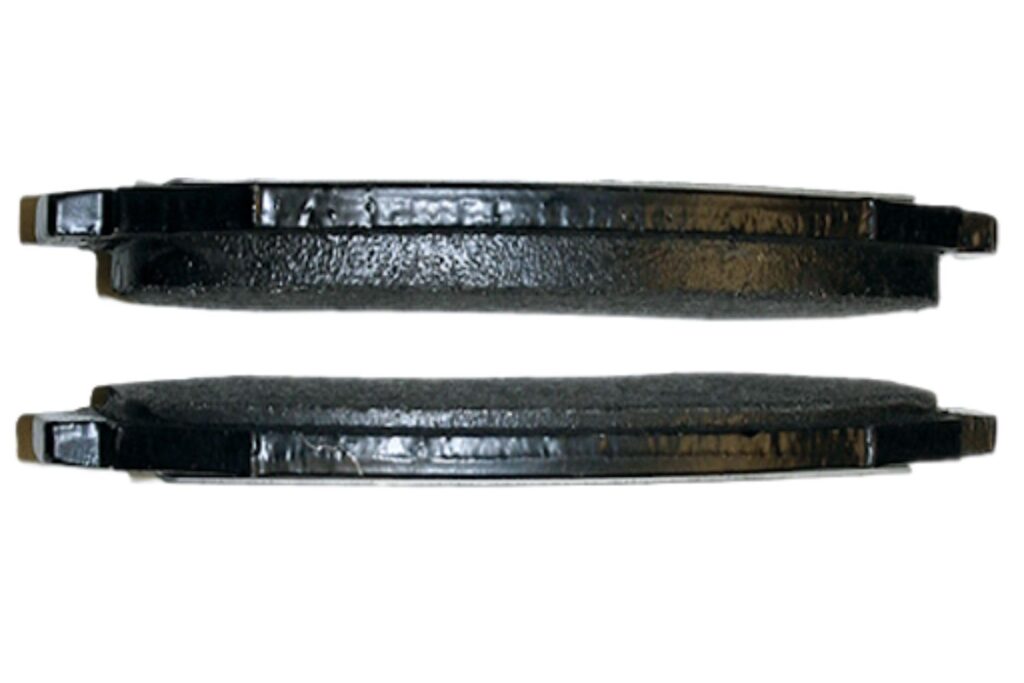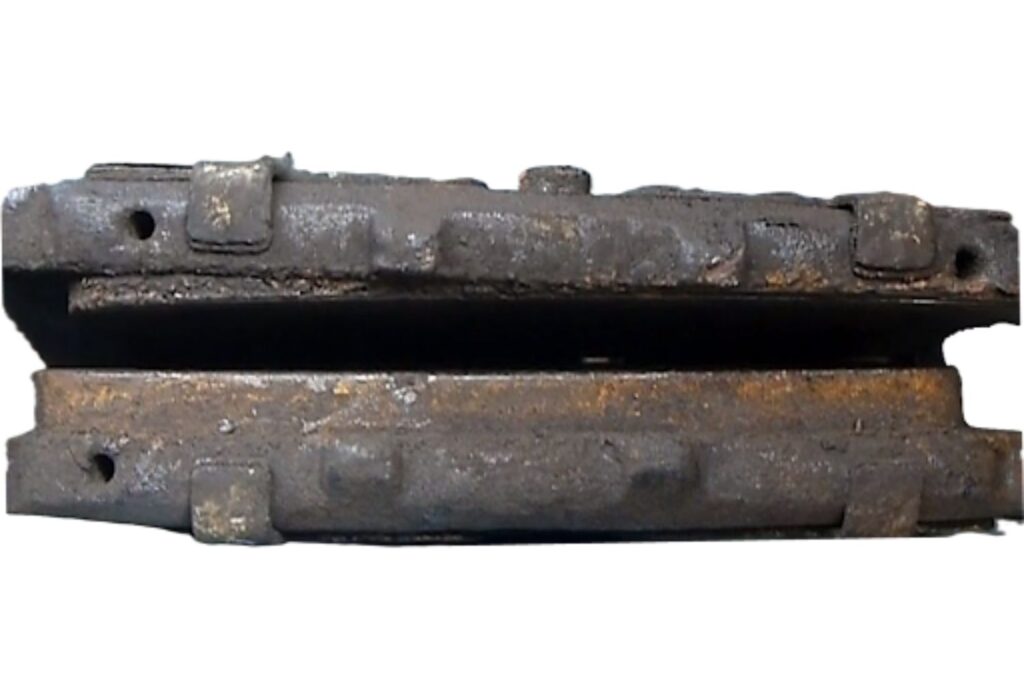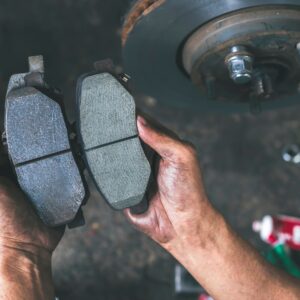A lot has to happen before your brakes can put a stop to your vehicle. From the outside, it might seem like stepping on the brake pedal is all there is to it一but take apart your braking system, and you’ll see how complicated the braking process can be.
For the average driver, it’s enough to know that braking components wear out regularly and that brake maintenance is key to ensuring a safe and smooth driving experience. The brake pads are among the many parts you need to keep an eye on when it comes to taking care of your braking system.
While brake pads do have a predicted lifespan, there might be times when they tend to wear out faster than normal due to certain conditions.
What Do Cracked Brake Pads Indicate?
Cracked brake pads are common indicators of a faulty brake caliper, parking brake, or overused brakes. In other words, they’re not a cause, they’re an effect.
In most cases, cracked brake pads are a result of excessive heat buildup, which could also mean that the caliper pistons are stuck and creating constant friction with the brake pads.
Other than that, a deteriorating brake hose can also lead to the same problem.
Faulty Brake Caliper
The caliper is the largest part of a typical disc brake assembly. Using hydraulic pressure, the caliper generates mechanical force to push the brake pads against the rotor, producing enough stopping power to slow the vehicle down.
Brake calipers are made to be tough and durable, withstanding even the hottest temperatures. However, that doesn’t mean they’ll last the lifespan of your vehicle without any issues.
Brake calipers are made of metal, making them susceptible to rust and corrosion.
Corroded caliper pistons won’t extend or retract smoothly, which can affect your vehicle’s braking performance. If the pistons get stuck in a retracted position, they won’t be able to engage the pads.
Meanwhile, pistons that are stuck against the rotor can cause the brake pad material to wear out fast and eventually damage the rotor.
Road debris, prolonged exposure to extreme temperatures, and deterioration due to age are the most common reasons why calipers fail.
If left unaddressed, the brake caliper seals can leak brake fluid, causing the entire system to lose hydraulic pressure.
Deteriorating Brake Hose
The brake hose connects the brake lines to the wheel cylinders and calipers of each wheel.
Typically made from natural or synthetic rubber or braided steel, the brake hose carries the brake fluid that helps create hydraulic pressure when the brakes are applied.
The brake fluid moves from the master cylinder to each individual wheel. Stepping on the brake pedal creates pressure to move the fluid to the brake lines.
Eventually, the pressure will reach the caliper pistons, forcing the same amount of pressure on the disc rotors or drum brakes.
Brake hoses are often flexible and reinforced with a sturdy material to resist bulging or bursting. While this might be the case, there are still some factors that can cause them to wear prematurely.
Brake hoses that are made of rubber are prone to cracking given how they can get brittle after some time. Also, a hose that often grinds against other components can wear out faster than usual. Lastly, using the wrong type of brake fluid can cause the hose to swell or degrade, resulting in leaks.
Types of Brake Pad Wear
Aside from cracking or glazing, there are other types of wear you should be on the lookout for when it comes to your brake pads, including outer, tapered, and inner pad wear.
Outer Pad Wear

Faulty pins, bushings, or slides can lead to outer pad wear. This type of wear is often a result of brake pads leaning against the rotors once the calipers have been released.
Tapered Wear

Inner Pad Wear
Corrosion, worn-out seals, or a faulty caliper can cause inner brake pad wear. This occurs when the brake pad continues to rub against the rotor even when the caliper has been released.
Other Signs You Need to Replace Your Brake Pads
Brake pads generally last anywhere between 30,000 and 70,000 miles, depending on factors like brake pad material and your driving habits, particularly how often you use your brakes.
Still, there’s a possibility that your brake pads could wear out prematurely. Watch out for these signs to know when to replace your brake pads.
Squealing or Screeching Brakes
Vehicles that come with pad wear indicators will usually emit a squealing or screeching noise to alert the driver that the brake pad lining needs to be replaced.
Pad wear indicators can either be mechanical or electrical. A mechanical indicator uses a spring-steel tab that’s riveted to the pad backing plate.
Once the pad material becomes too thin, the tab will come into contact with the rotor, creating a squealing or screeching noise.
Meanwhile, an electrical pad wear indicator uses a coated electrode that triggers a warning signal, which you’ll see from the dashboard.
There might be some instances where the brake pads produce squealing noises upon exposure to damp and wet conditions, which is totally normal. If the brake pads are still thick, the noise should disappear after the pads have dried out.
Grinding and Growling Noises
A deep, metallic grinding or growling noise can indicate worn-out brake pads and backing plates that are coming into contact with other metal parts in the braking system, such as discs and drums.
Thinning Friction Material
Conducting a visual inspection of your brake pads is a great way to tell if it’s time to get new ones. Generally, the friction material on the brake pad or shoe should be no less than a quarter-inch thick.
Illuminated Dashboard Warning Light
An illuminated dashboard warning light is a symptom of worn-out brake pads for vehicles with electronic pad wear indicators.
Any information provided on this Website is for informational purposes only and is not intended to replace consultation with a professional mechanic. The accuracy and timeliness of the information may change from the time of publication.







































